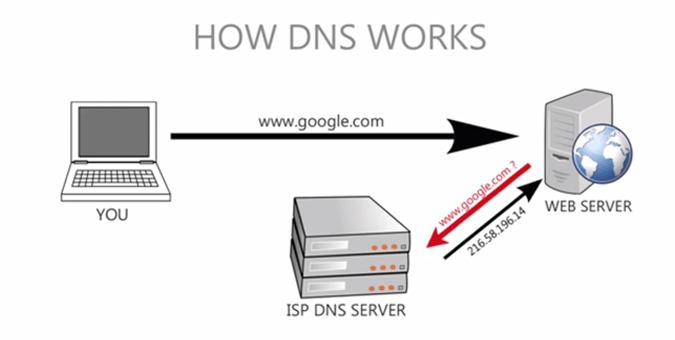The Domane Name System And Servers In Hindi
- The Domain Name System And Servers In Hindi Full
- The Domain Name System And Servers In Hindi Language
Domain Name Servers (DNS) are the Internet's equivalent of a phone book. They maintain a directory of domain names and translate them to Internet Protocol (IP) addresses.This is necessary because, although domain names are easy for people to remember, computers or machines, access websites based on IP addresses.Information from all the domain name servers across the Internet are gathered together and housed at the Central Registry.
Domain Name System (DNS) an application-layer protocol for mapping domain names to IP addresses. Name Servers (Things to know). The authoritative name server hierarchy matches the domain hierarchy: root servers point to DNS servers for TLDs, etc.
The Domain Name System And Servers In Hindi Full
Web browsing and most other internet activity rely on DNS to quickly provide the information necessary to connect users to remote hosts. DNS mapping is distributed throughout the internet in a hierarchy of authority.


And enterprises, as well as governments, universities and other organizations, typically have their own assigned ranges of IP addresses and an assigned domain name; they also typically run DNS servers to manage the mapping of those names to those addresses. Most URLs are built around the domain name of the web server that takes requests.
For example, the URL for this page is techtarget.com/definition/domain-name-system. How does DNS work?DNS servers answer questions from both inside and outside their own domains. When a server receives a request from outside the domain for information about a name or address inside the domain, it provides the authoritative answer. When a server receives a request from inside its own domain for information about a name or address outside that domain, it passes the request out to another server - usually one managed by its. If that server does not know the answer or the authoritative source for the answer, it will reach out to the DNS servers for the top-level domain - e.g., for all of.com or.edu. Then, it will pass the request down to the authoritative server for the specific domain - e.g., techtarget.com or stkate.edu; the answer flows back along the same path. How does DNS increase web performance?To promote efficiency, servers can cache the answers they receive for a set amount of time.
The Domain Name System And Servers In Hindi Language
This allows them to respond more quickly the next time a request for the same lookup comes in. For example, if everyone in an office needs to access the same training video on a particular website on the same day, the local DNS server will ordinarily only have to resolve the name once, and then it can serve all the other requests out of its cache. The length of time the record is held - the - is configurable; longer values decrease the load on servers, shorter values ensure the most accurate responses.